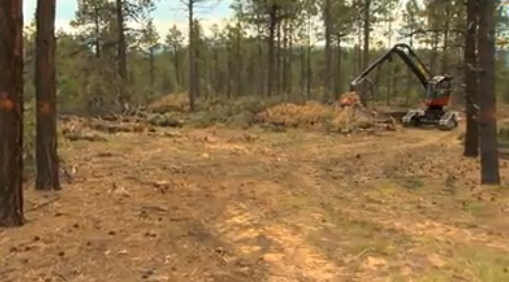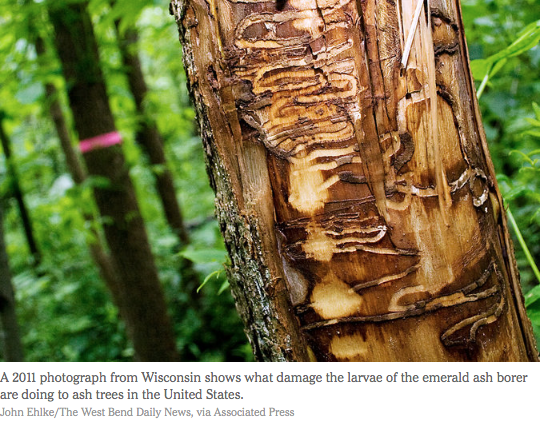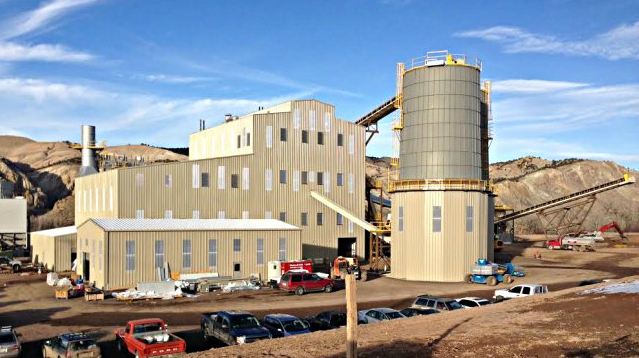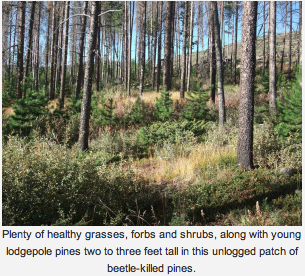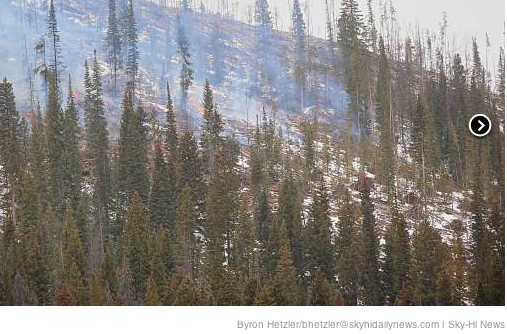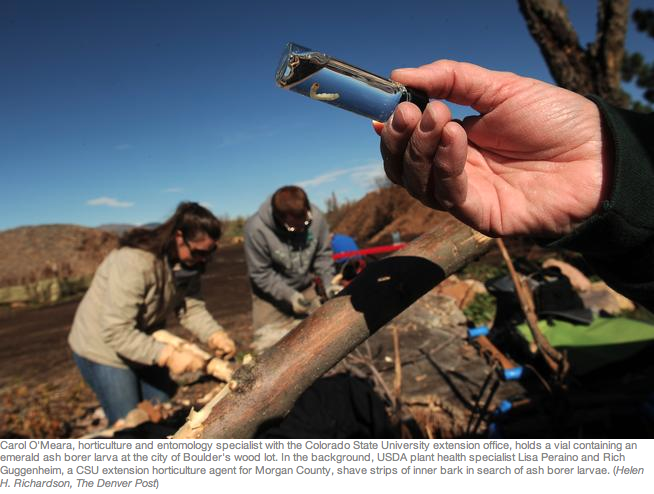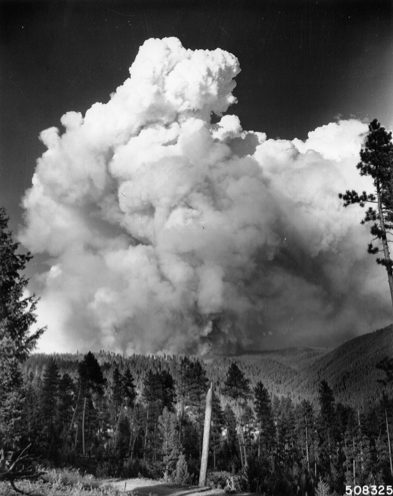The Colorado State Forest Service has produced a series of informative videos covering the challenges in our forests and what can be done and is being done to address these challenges.
Take a look at the Colorado’s Forests: Challenges and Opportunities video series:
Part 1: Background and Forest Issues of Concerns
Part 2: Forest Management as a Solution
